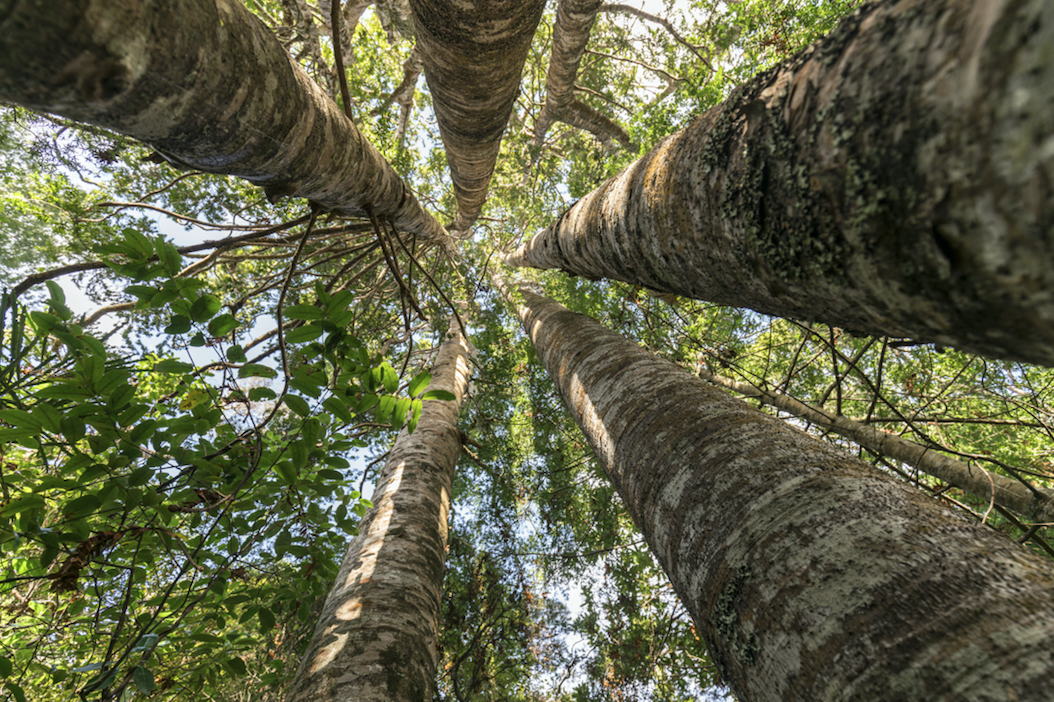
The concept of increasing tree cover in New Zealand is theoretically a good one, says landscape architect Di Lucas, of the Government’s billion tree initiative. Landscape Architecture Aotearoa approached Lucas for her thoughts on the initiative because of her experience in rural land use planning, vegetation change, and in forest policy dating back in the ‘80s. ”So much of the country’s been denuded of natural forest in favour of pastoral cover that we need to better address that loss”, she says.
But we also need to ensure we go about the planting in a planned and thoughtful way. “New Zealand is a land of little landscapes, so there needs to be a lot of diversity,” Lucas says. “The planting should not be broad brush, extensive, mono-cultural work because that would be disrespectful for a lot of the landscape values in this country.”
Billion trees is about combating climate change, and one of the side effects of climate change is increased fire risk, Lucas says, and another is increased storms and resulting erosion and wind-throw threats. “So not only do we need our landscapes to have a spatial complexity to be enjoyable, but we also need diversity. So slopes might be treated differently to valley floors, and ridge tops might be treated differently to slopes, with different species, different canopy heights and different crop management.”
Back about a Pine crop ago (30 years) Lucas wrote a guide for woodlots for New Zealand (Woodlots in the Landscape), and she believes it’s still relevant today. “I think that’s what we need to be thinking now. We need to be thinking about putting enclaves of forest crop within a permanent tree framework. There might be a crop that’s cycled, such as Pine, but there can be a long-term indigenous framework along stream corridors, on steep slopes and perhaps along ridges, so that there’s a surround in place for the long term, storing carbon in the long term.”

Di Lucas favours a public “land typing” information system.
She favours private landowners taking up the cause, and suggests what would be helpful is a public “land typing”. “Using multi-scale land system mapping and modelling, this land typing could form a base for guidance. Land typing recognises different soils, different slopes, different native ecosystems. If that was publicly accessible it would assist considerably with planning and design, including for those providing advice.”
“I think enclaves of woodlots spread through private farmland would be good. It would be more landscape friendly and more helpful in the climate equation. If you take land on a farm that normally supports cattle then converting some to woody cover improves the carbon equation, removing greenhouse gas emissions from cattle and increasing the carbon storage in the trees, so it’s a double plus. Water quality can also be improved as a result, plus stock shelter provided and farm production diversified. ”
Landscape architects should be at the forefront of design and planning in the tree project, Lucas says, and she’d like to see the New Zealand Institute of Landscape Architects take a lead on it, approaching the Government to ensure that happens. “If you look back to the development of the Resource Management Act it was the Institute that went to the Government and made sure landscape was right up there as an important resource. And that’s been one of the key things, it means New Zealand is still a treasure in the world in landscape terms, because landscape architects have been out there helping manage our landscapes because the values are recognised in the RMA. “We have a duty as a profession, I think.”

Native forests can efficiently and cost effectively replace pine cover.
Lucas says work she’s been doing in the Marlborough Sounds recently has shown her how efficiently and cost effectively native forests can replace Pine cover. “Where there’s a good native seed source close by, if Pines are killed and left standing the natives come along very fast. In five years you can have a native forest canopy just emerge naturally.”
“Clear-felling pines on slopes risks erosion. But if you kill them by drilling a few holes and putting some prills (chemical) inside each trunk they gradually disintegrate. The natives establish and grow up quickly beneath. In some areas this is a very economic method for achieving a transition to a native forest, and the transition allows ongoing carbon storage.”
As our interview draws to a close she repeats: “Remember, we’re a land of little landscapes. We’re not Australia.”

Di Lucas would like to see the NZILA take a lead in the Billion Tree project.




